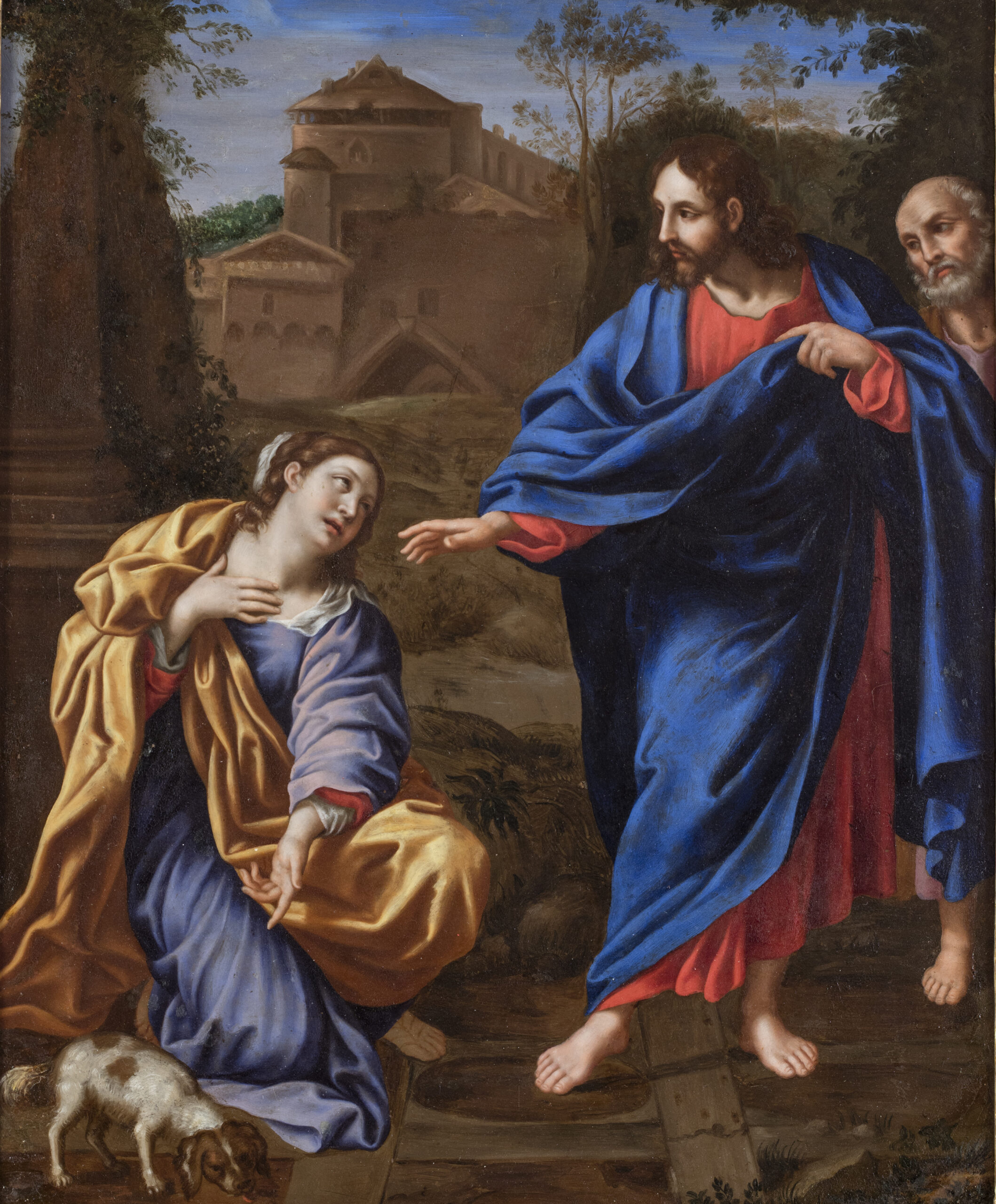Annibale Carracci, an emblematic figure of Baroque painting, was born in 1560 in the vibrant city of Bologna. From a young age, Annibale proved to be a prodigy, attracting the attention of his cousin Lodovico, who, struck by his talent, took him under his wing to teach him the subtleties of painting. He enriched himself with the teachings of the great masters he encountered during his travels, from Parma to Venice, where he formed friendships with figures like Correggio and Veronese.
In the heart of Bologna, Annibale, along with his brother Agostino and his cousin Lodovico, founded the Accademia degli Incamminati in 1582. This gathering place for artists, scholars, and playwrights became a melting pot of innovative ideas. The Academy aimed to train cultured artists, encouraging the observation of nature and the study of the masters of the Renaissance. In this context, Annibale stood out for his pursuit of pious realism, distancing himself from the artifice of mannerism. Through his works, he sought to represent human truth, depicting ordinary characters in scenes imbued with spirituality, as evidenced by his famous painting “The Dead Christ.”
His artistic approach is distinguished by a naturalism that first expresses itself in genre paintings, such as “The Butcher Shop,” before transitioning into monumental frescoes. Annibale drew inspiration from the landscape, skillfully merging the art of nature with history painting. His frescoes, such as those in the Palazzo Fava and the Palazzo Magnani, soon attracted the attention of Cardinal Odoardo Farnese, who invited him to Rome in 1595.
In Rome, Annibale confronted a new artistic reality. His genius flourished in the frescoes of the Palazzo Farnese, where he created a masterpiece: the ceiling of the Gallery, adorned with the “Triumph of Bacchus and Ariadne.” This work, which blends mythological allegories with lush landscapes, was praised by his contemporaries as one of the peaks of Baroque painting. However, Cardinal Farnese granted him a meager salary, plunging Annibale into deep melancholy, exacerbated by health issues.
The end of his life was marked by profound sadness and an inability to create, despite his status as a respected artist. Annibale Carracci died in Rome in 1609. His quest for truth, his penchant for realism, and his skill in merging classical and Baroque styles make him a pioneer of Italian painting. He now rests in the Pantheon, alongside Raphael, where his name continues to illuminate the history of art.

Sign up to the newsletter and stay informed about our latest acquisitions and exhibitions:
© Galerie Rousset 2023